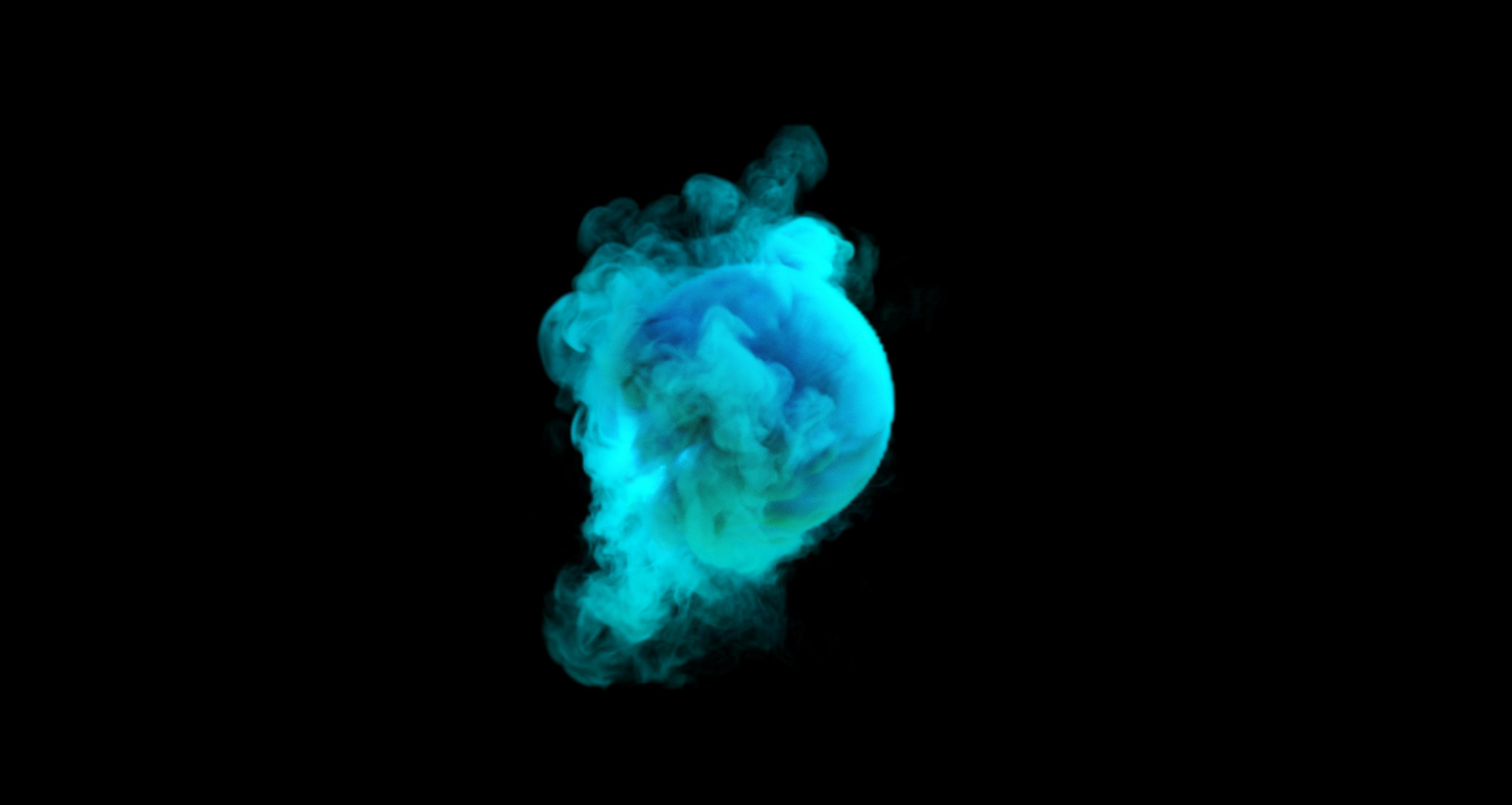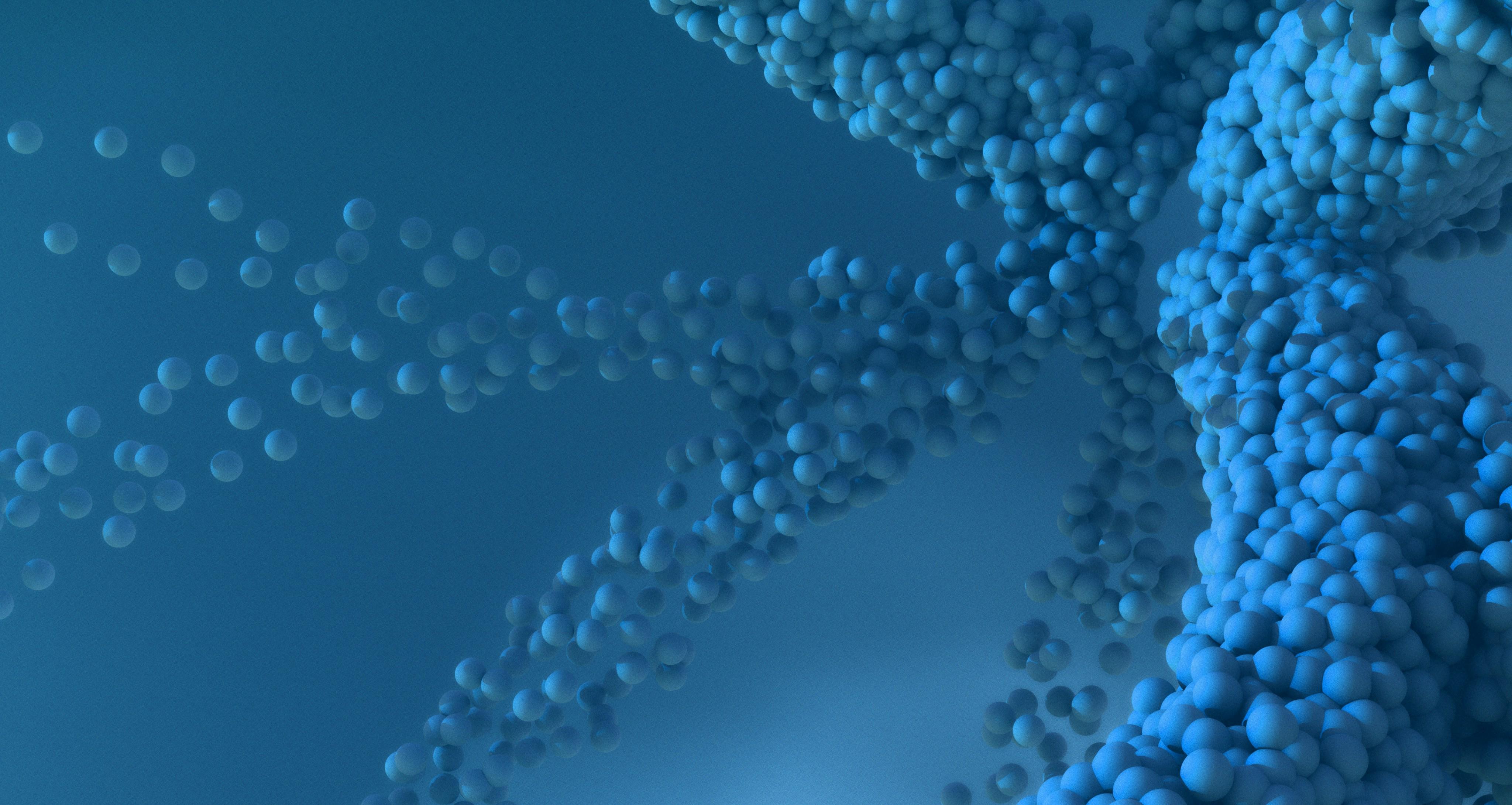In the high-octane world of action films, where adrenaline meets artistry, camera movement emerges as a silent choreographer, orchestrating chaos into captivating spectacle. From the heart-pounding chase through bustling streets to the dizzying dance of combat, the camera becomes an unseen protagonist, guiding the audience’s gaze and amplifying the thrill. This intricate ballet of lenses and angles transforms mere motion into a visceral experience, elevating the narrative and immersing viewers in the pulse of the moment. Join us as we delve into the pivotal role of camera movement in crafting the unforgettable crescendos of action sequences.
Crafting Dynamic Perspectives: The Role of Camera Movement in Action
In the realm of action sequences, the way a camera moves can significantly influence the viewer’s experience, transforming static scenes into visceral journeys. Camera movement is not just about following the action; it is about creating a sense of momentum and urgency. The choices made in this aspect can dictate the emotional and psychological impact of a scene. Whether it’s a sweeping pan that reveals the scale of a battlefield or a tight handheld shot that immerses us in a character’s frantic escape, the movement becomes a language of its own.
- Tracking Shots: These shots maintain continuity and allow the audience to stay engaged with the character’s journey, often used to follow a chase or intense confrontation.
- Zooms: Quick zooms can amplify tension, drawing the viewer’s focus to critical details in the heat of the moment.
- Crane Shots: Offering a bird’s eye view, these can emphasize the scale and grandeur of large set-pieces, making the audience feel both omniscient and overwhelmed.
- Handheld Cameras: This approach adds a raw, gritty feel, placing the audience directly in the chaotic heart of the action.
By employing these techniques, filmmakers craft a dynamic perspective that elevates action sequences from mere spectacle to immersive storytelling.

Enhancing Tension and Pace: Techniques for Effective Motion
In action sequences, the way a camera moves can significantly impact the tension and pace of a scene. Directors and cinematographers often employ various techniques to enhance the viewer’s experience and draw them deeper into the action. Here are some effective methods:
- Tracking Shots: Following a character or object in motion keeps the audience engaged and maintains a continuous flow, making them feel as if they’re part of the chase.
- Handheld Cameras: This technique introduces a sense of urgency and chaos, often used to convey the unpredictability of a high-stakes situation.
- Quick Cuts: Rapid transitions between shots can heighten the intensity, creating a sense of speed and immediacy.
- Zooms and Pullbacks: Alternating between tight close-ups and wide shots can emphasize the scale of the action and the stakes involved.
By strategically employing these techniques, filmmakers can manipulate the audience’s emotional response, creating a rollercoaster of suspense and excitement that keeps viewers on the edge of their seats.

Immersive Storytelling: How Movement Shapes Viewer Experience
In the realm of action sequences, the camera is not just an observer; it becomes an active participant. The dynamic movement of the camera can transform a scene, making it more engaging and visceral for the audience. Camera movement can convey speed, intensity, and emotion, drawing viewers into the heart of the action. Consider how a well-timed dolly zoom or a sweeping crane shot can heighten the stakes, allowing the viewer to feel the adrenaline of a high-speed chase or the tension of a climactic showdown.
- Tracking Shots: These create a seamless flow, allowing the audience to follow the action closely, almost as if they are part of the scene.
- Handheld Cameras: Often used to add a sense of realism and urgency, immersing the viewer in the chaotic energy of the moment.
- Steadicam Movements: Provide a smooth and fluid perspective, offering an elegant contrast to the rapid pace of action sequences.
By strategically utilizing these techniques, filmmakers can craft a visual rhythm that not only tells a story but also makes the viewer feel every punch, leap, and explosion. The artful orchestration of camera movement is essential in shaping the narrative and emotional journey, transforming a simple scene into a breathtaking experience.

Precision and Innovation: Recommendations for Captivating Action Shots
When it comes to capturing action sequences, the fusion of precision and innovation can transform a scene from ordinary to extraordinary. The right camera movements can infuse energy, emotion, and context, creating a visceral experience for the audience. Here are some recommendations to elevate your action shots:
- Smooth Tracking: Use gimbals or dolly tracks to maintain fluidity. This ensures that the motion feels seamless, keeping viewers engaged without distracting jerks.
- Dynamic Angles: Experiment with unexpected perspectives. Low angles can amplify intensity, while aerial views provide a strategic overview, adding depth to the narrative.
- Speed Variation: Play with slow motion or quick cuts to accentuate key moments. This contrast highlights crucial action, enhancing the drama and excitement.
By embracing these techniques, filmmakers can craft action sequences that not only captivate but also resonate with audiences, delivering a powerful visual punch.

